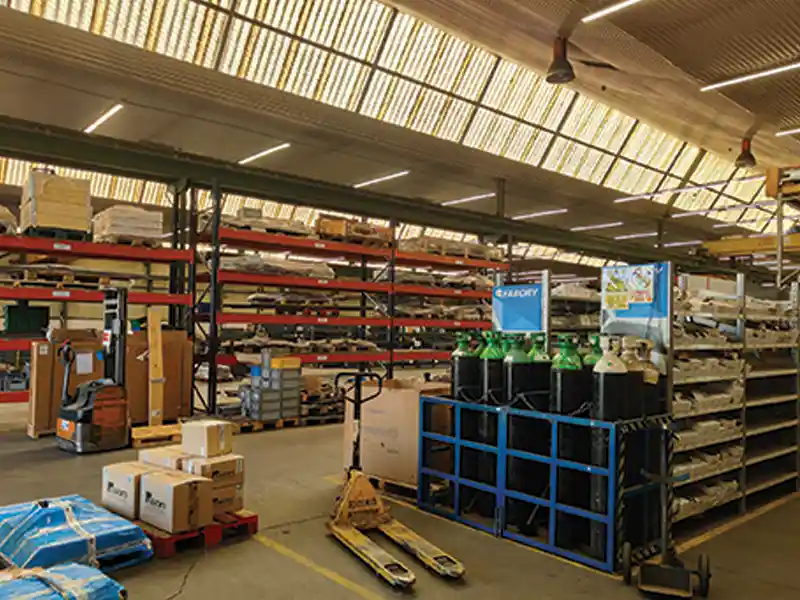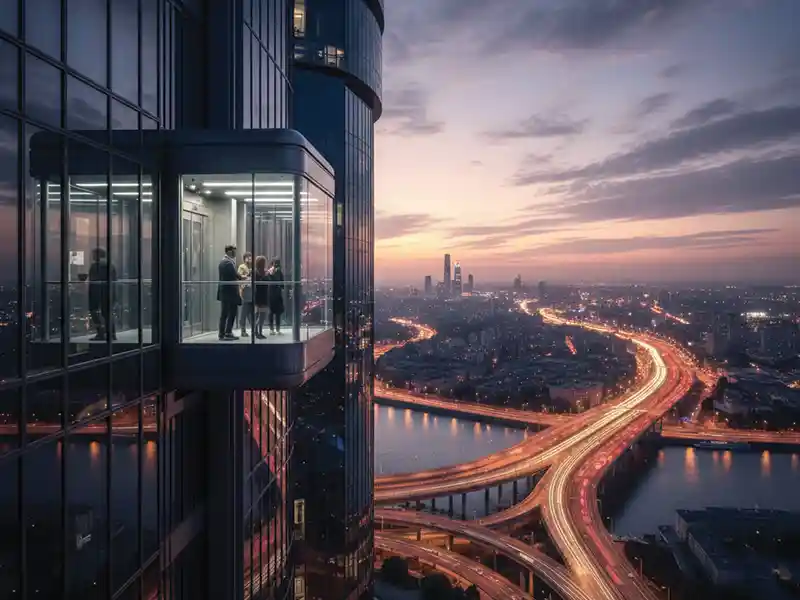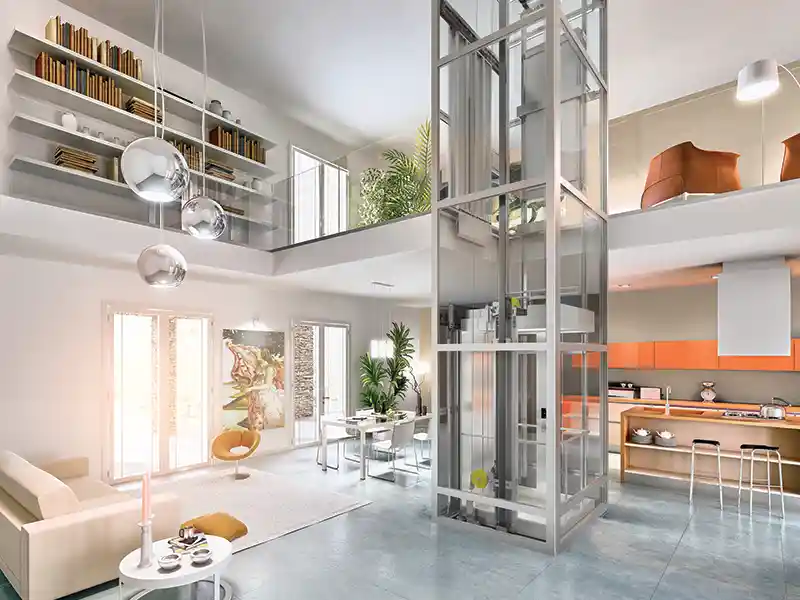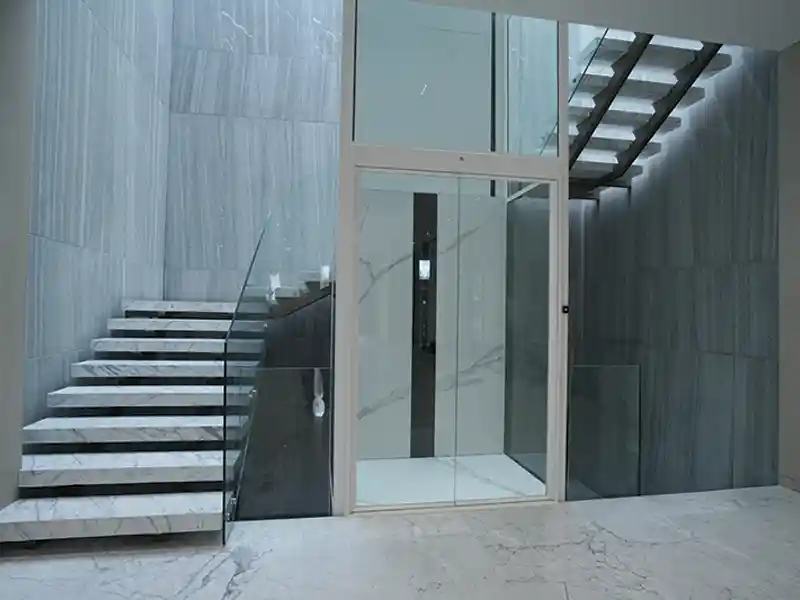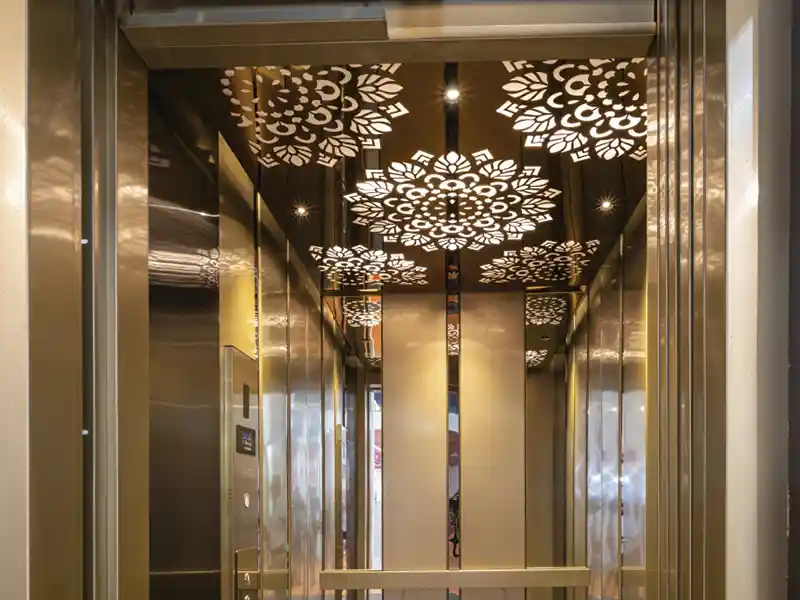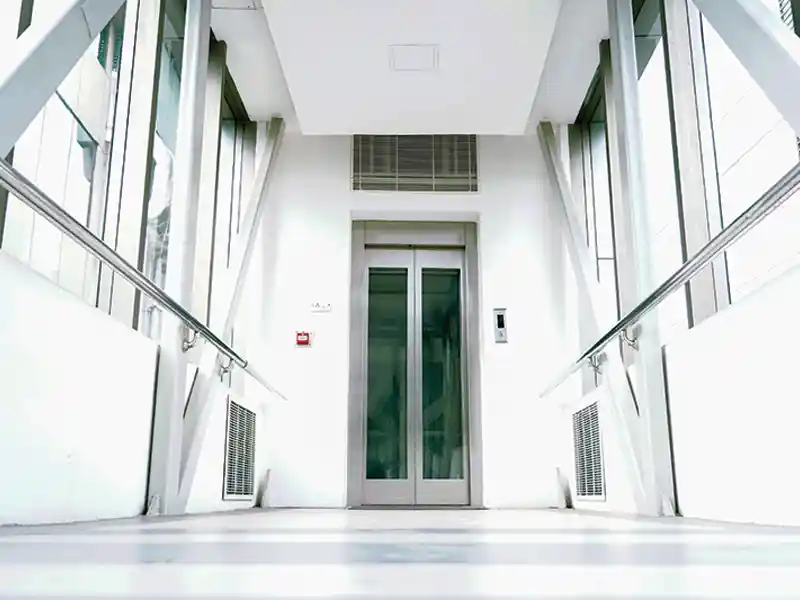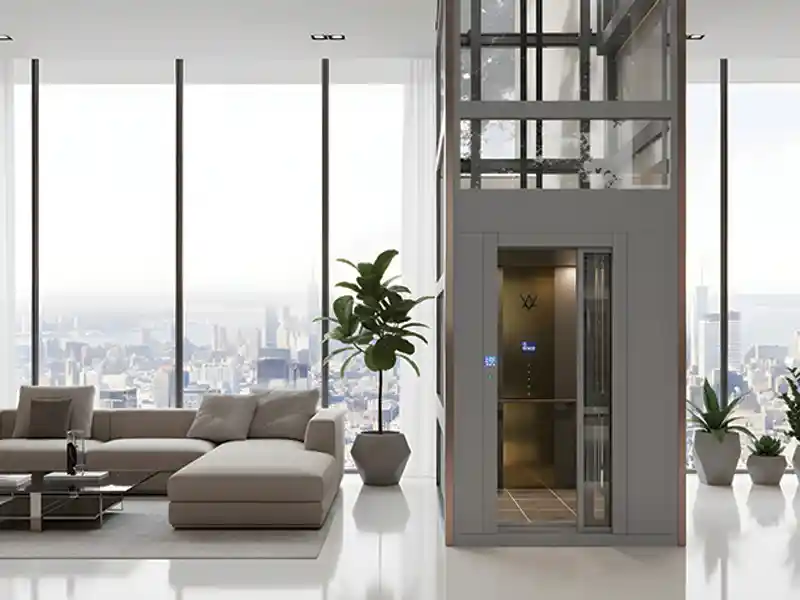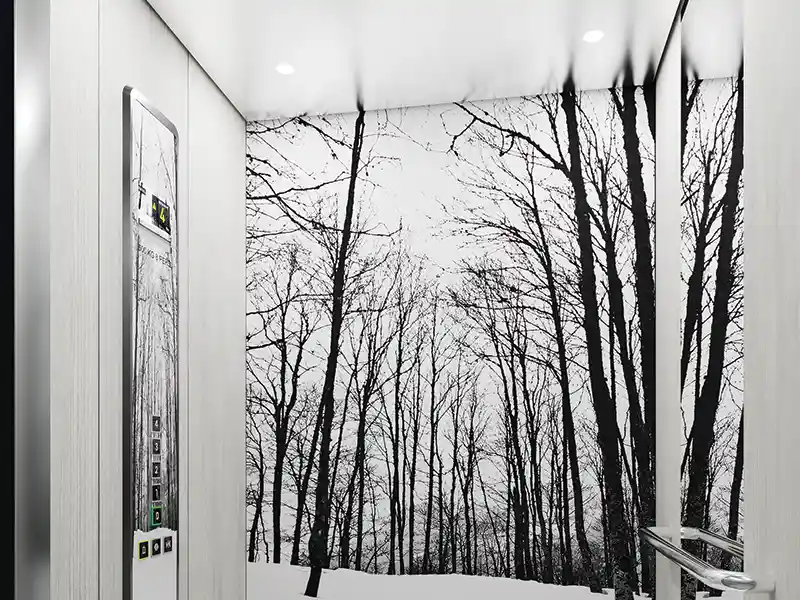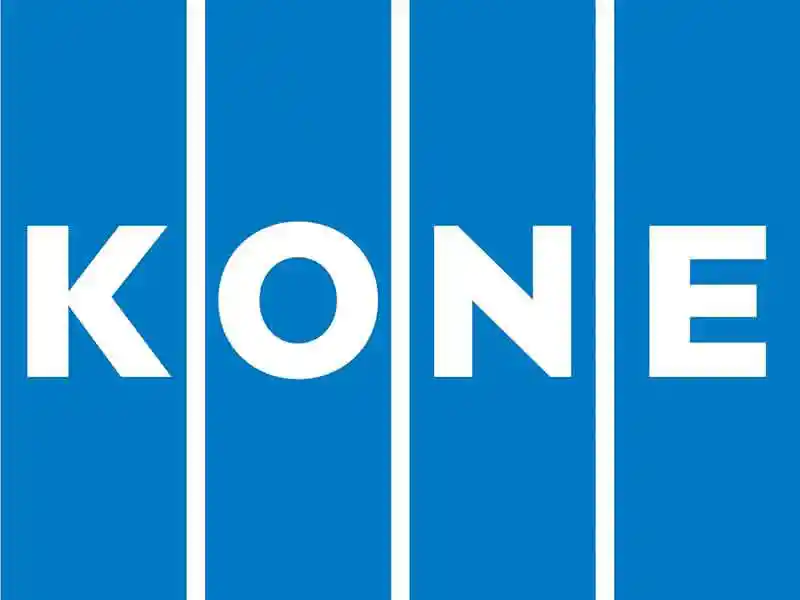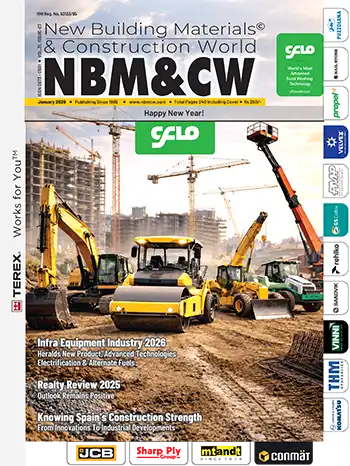How can building owners /developers ensure industry standards and best practices when installing elevator systems of reputed brands? While this is a question which all owners and developers assume as answered when they are deciding on choosing the right ‘mobility solutions’ partner for their building, we have seen that most of the purchases of elevator systems made are not completely through an informed process but is mostly guided by emotions or influenced by the catalysts in the procurement process. In fact, building owners and developers should be very clear about their requirements when making their purchase decision or receiving offers from OEMs/suppliers. They must also ensure compliance with the latest IS standards while firming up the specifications.
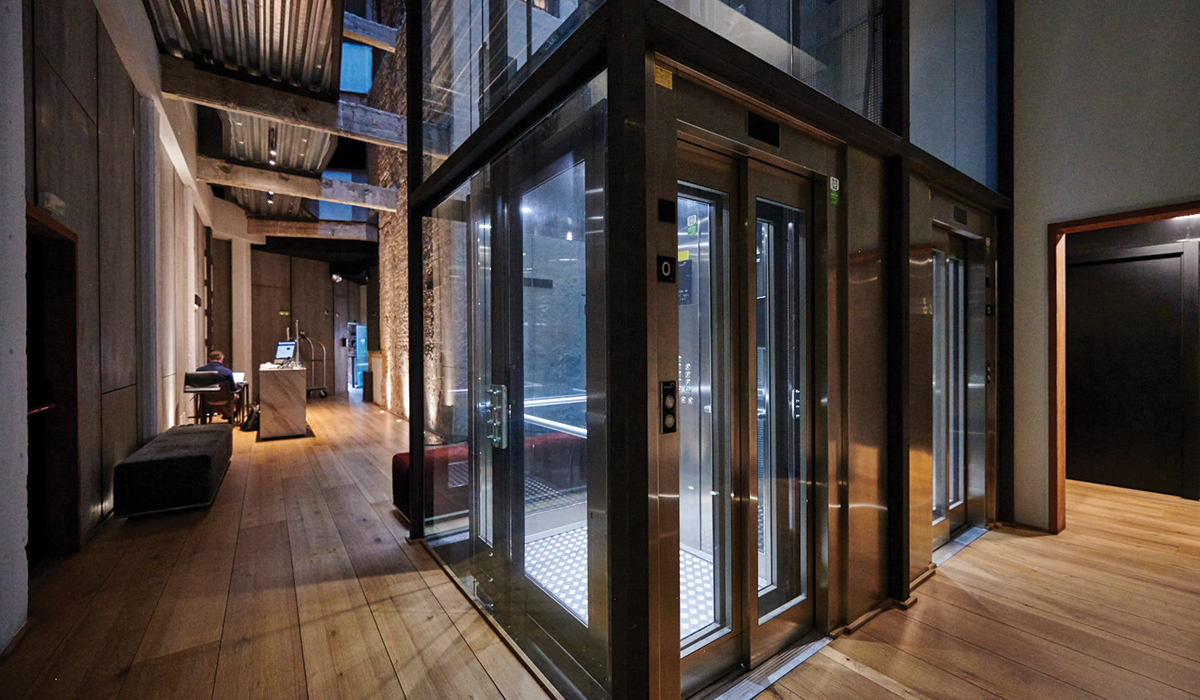
Secondly, they must evaluate the ‘total ownership cost’ of the asset taking into consideration the life of the equipment, incremental maintenance cost, etc. In addition to the same, since the elevator is a highly sensitive equipment in a building (moving people and goods within a building efficiently) a lot of emphasis must be given on safety features offered by the lift suppliers and with due consideration to fire/ emergency response features in the lift. Last but not the least, they should optimize the right configuration of the elevator(s) based on traffic study and compute the average wait time of the configuration so that they can optimize the configuration and derive the compounded performance of the elevators in their building.
Developers must also ensure a seamless after-sales contract management with the OEMs.
Even though many elevator OEMs follow a SOP of periodically training the end-customer’s authorized representative with the rescue procedures and conditioning them on response mechanisms in emergency situations, developers must also acknowledge the importance of these SOPs and ensure a seamless after-sales contract management with the OEMs only in lieu of no deviation from the responsibilities for the elevator systems. OEMs must also educate the developer about the importance of the same from a legacy perspective of the elevator systems.
Through this publication, I would like to spread the word to all building owners and developers that first of all they should be clear about their requirements and also comply with the latest IS standards while firming up the specifications or receiving offers from OEMs / suppliers.
Aman Moudgil - Director, Gilco Global
Right from planning to execution, OEMs should be considered as an integral part of the project development team.
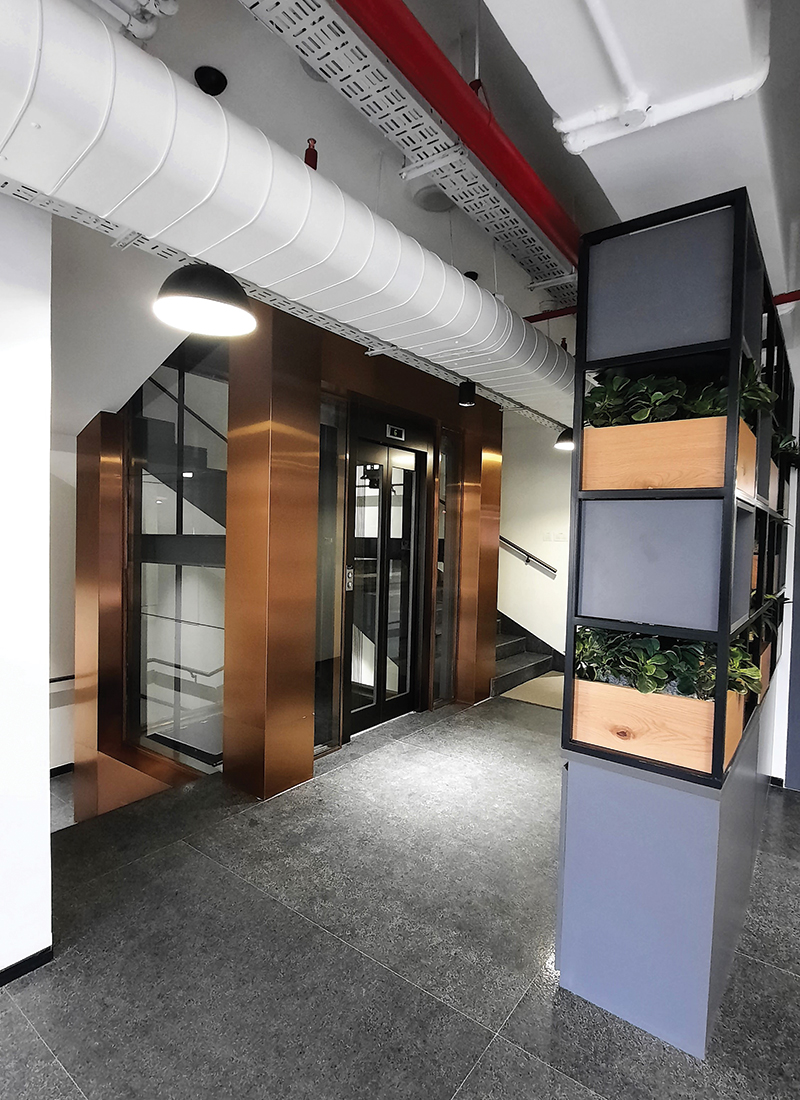
Modern day technology features supported by many OEMs also render BMS integration of the elevators and IoT features, whereby the customer can also keep a check on the health of the elevator systems and help with efficient troubleshooting as needed.
For optimum performance of elevators in a building, the customer should rely only on after-sales support from the OEMs authorized representative.
It is important to note here that for optimum performance of elevators in a building, the customer should rely only on after-sales support from the OEM/Authorized representative of the OEM. Also, all parts purchased by the customer should be through a proper invoice and also from the OEM only. All materials as invoiced should be tallied by the customer at the time of delivery and the make/manufacture of the materials and other information on the components tallied by the customer.
The reason for this is multitudinous: while on one end with a contract extended timely by the customer, there are no gaps in the responsibility of the OEM/authorized representative of the OEM who is liable to technically support the customer and also perform periodic inspection/maintenance to ensure optimum life and performance of the lift products. Also, many customers cover their elevators under General Insurance, and for whom it is imperative that there are no gaps between the AMC contract that exists and the AMC from the OEM.


